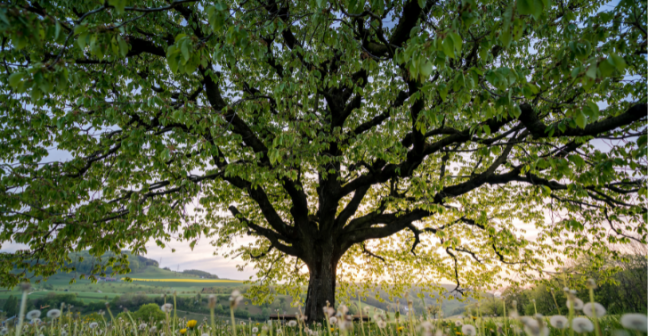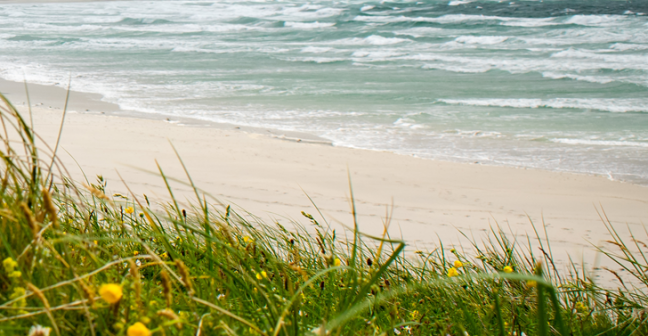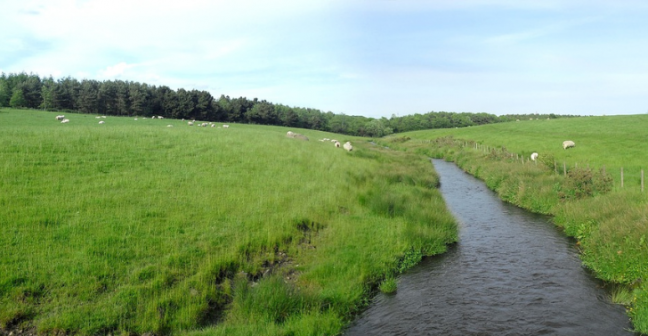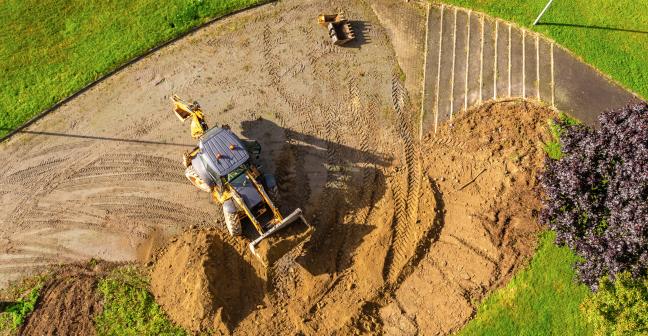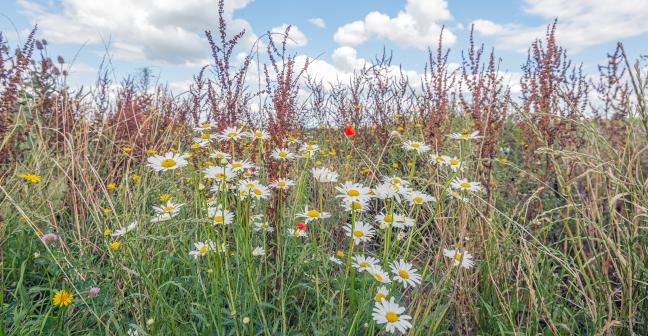Researchers, professionals and members of the IES team provide in depth analysis of news stories, topical issues and emerging science.
Enabling interdisciplinary collaboration is vital to unlocking a sustainable society and tackling the complex, interconnected challenges of climate change, biodiversity loss and environmental pollution. It is widely acknowledged that no single sector can address these in isolation, and there is...

